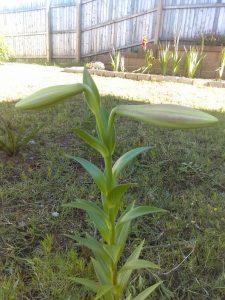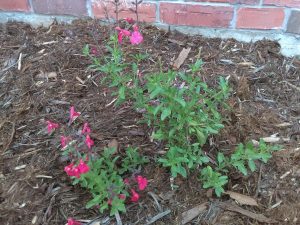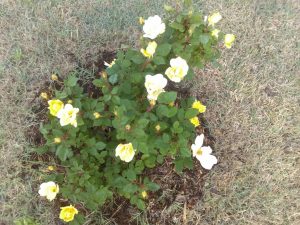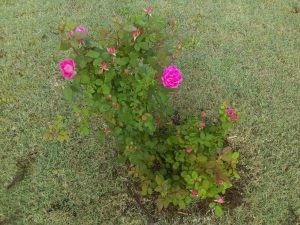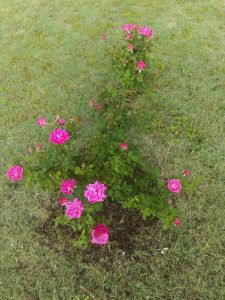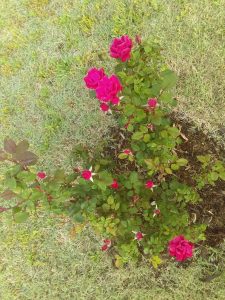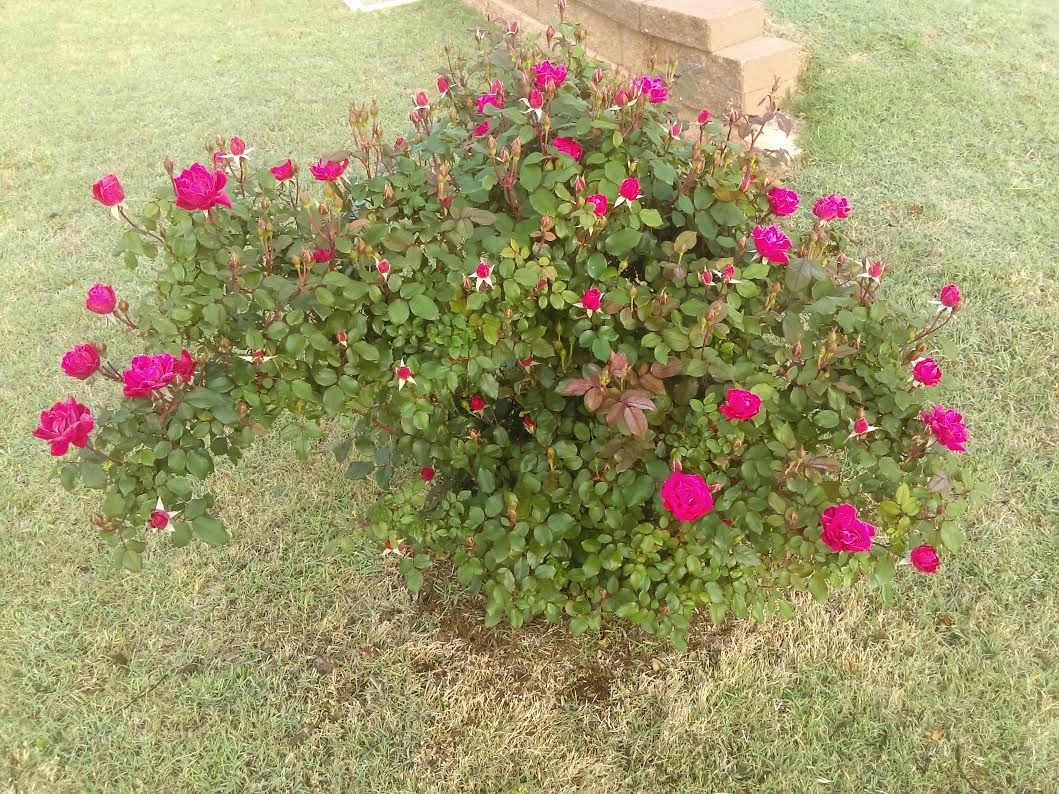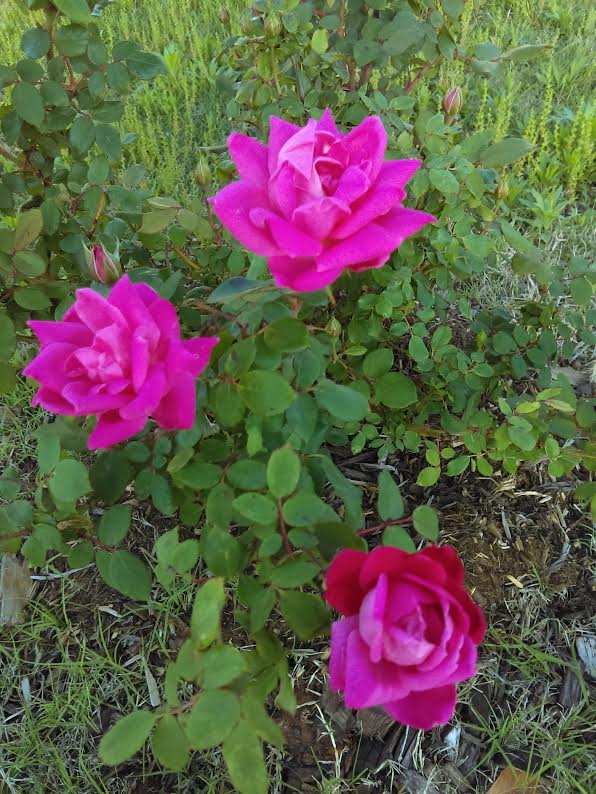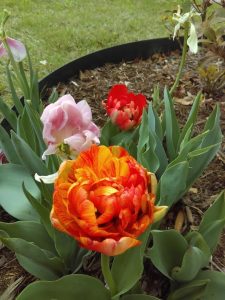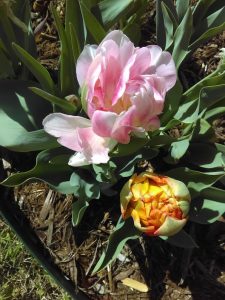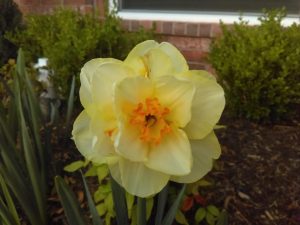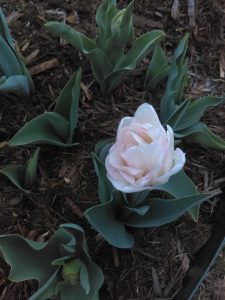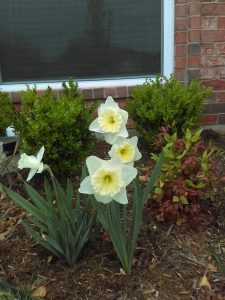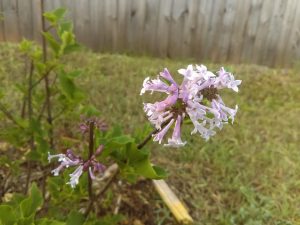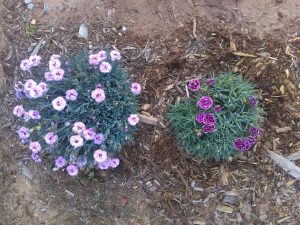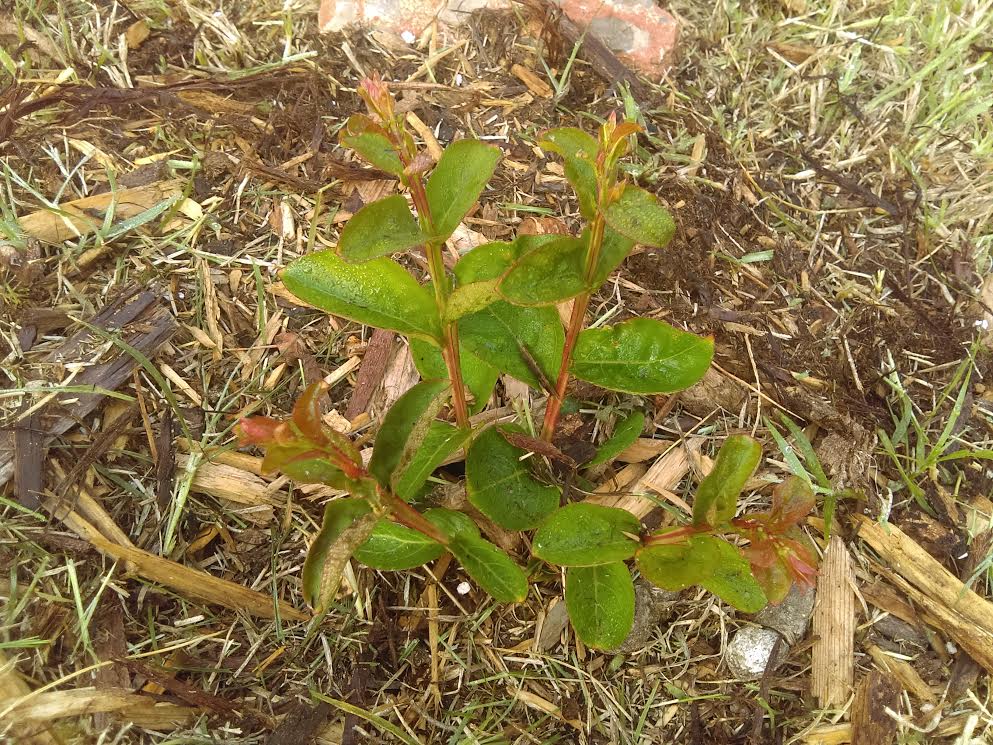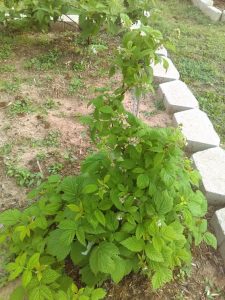Last year, I planted around 40 gladiolus corms. About 28 sprouted the first time. This year, most of them came back, and they are starting to look spectacular. I purchased a 20-count multi-color package, but the most common color seems to be red. The ones in the wall area are all plum-colored. Some hardy gladiolus are a new addition that will hopefully do well this year. Most of them have sprung up from the ground. Fertilizing is extremely important for vibrant and full blooms. I can’t wait until all of them are in full showy-mode.
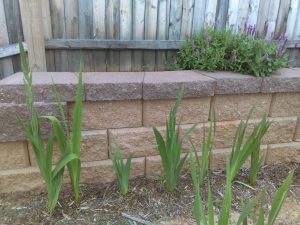
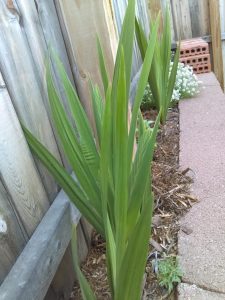
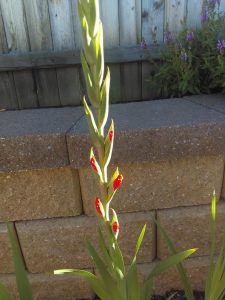

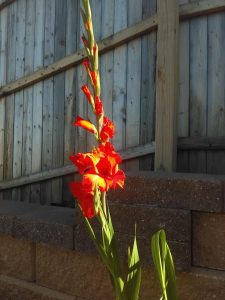

While gladiolus are one of my favorite flowers, I do have others growing. The passion flower that I started from seed was transplanted around a two weeks ago. A junebug got into the bottom of the pot, and I thought it was a goner. Doubtful, I planted it anyway. It has started showing signs of life again.
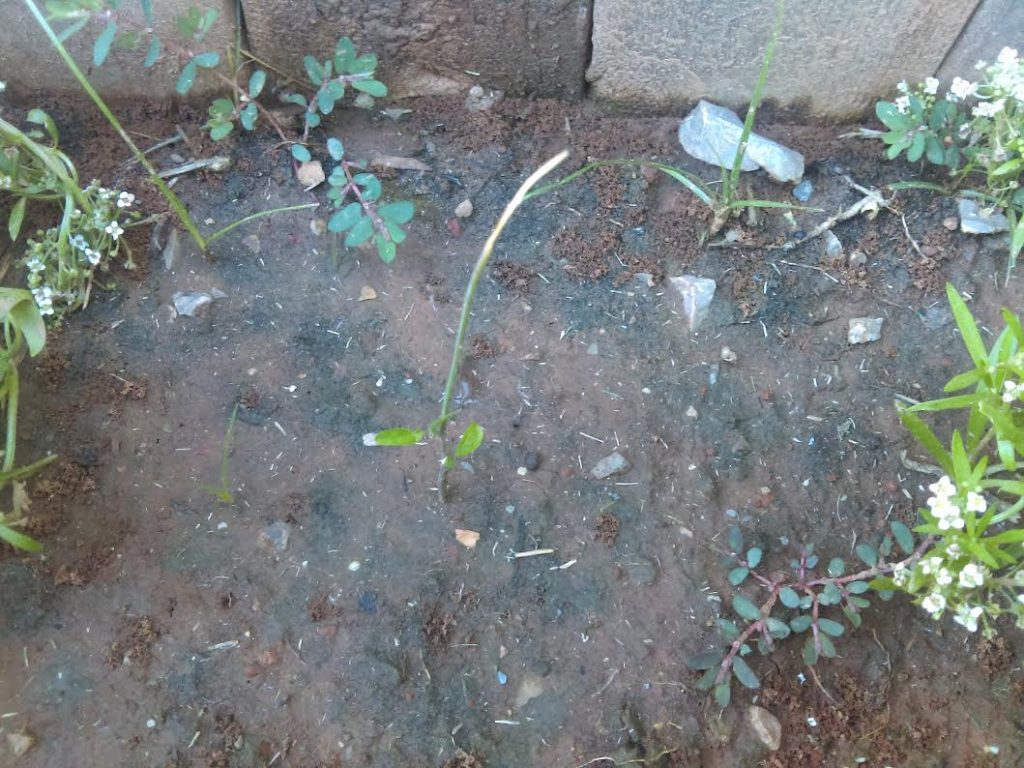
Alyssum that I planted last year seeded for this year’s crop. It is a cute, little ground cover that smells heavenly. Not only is it easy to grow, but it also attracts honeybees.
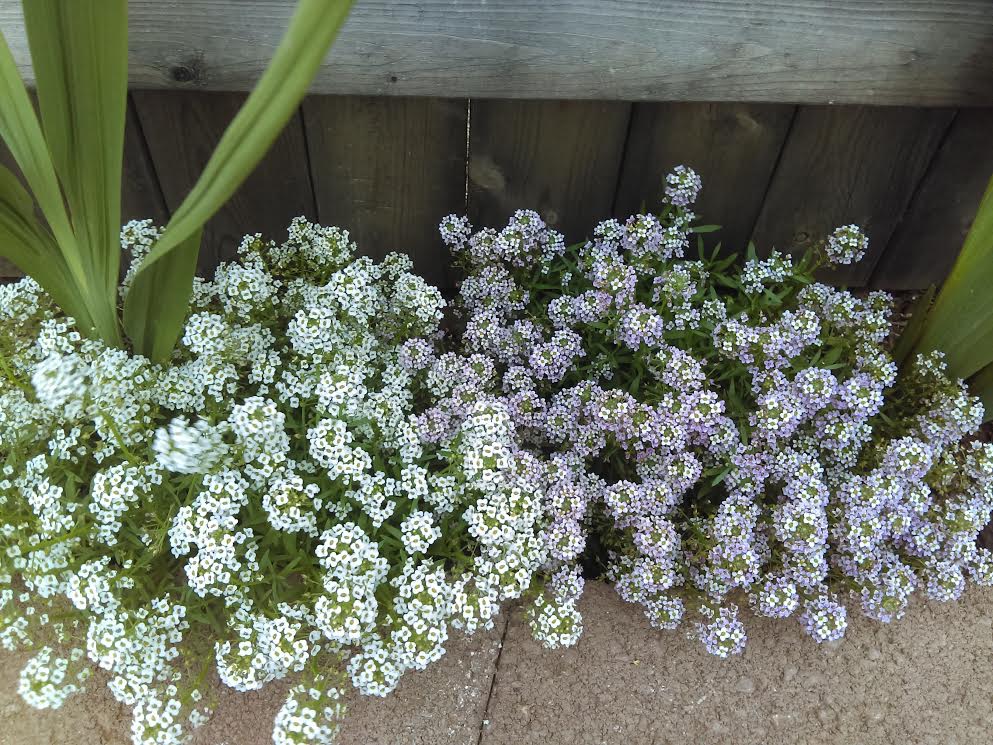
Bee balm or monarda is another plant that attracts honeybees. There are several perennial varieties and colors to choose from as well. Hummingbirds especially love the plants because of their bright colors and sweet nectar. Red is a favorite of theirs. I found a bushy type of perennial bee balm last year in a magenta color. One of the zinnias that I started from seed has bloomed! It’s a garden-lovers dream to see a plant you started from seed grow up and bloom. The bushy ball of blue next to the zinnia is blue fescue. It’s a perennial ornamental grass.
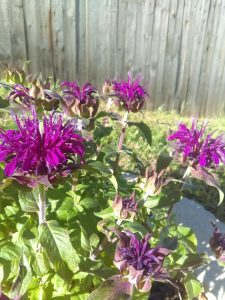
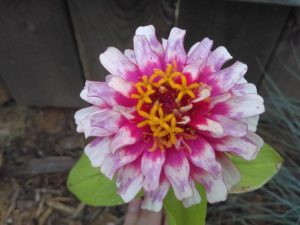

My lily has been budding for about a week now, so it should bloom soon. The salvia I got the other day transplanted well and is blooming nicely. This particular salvia is called “Rocket.” It’s a perennial that will get to be about two feet wide.
